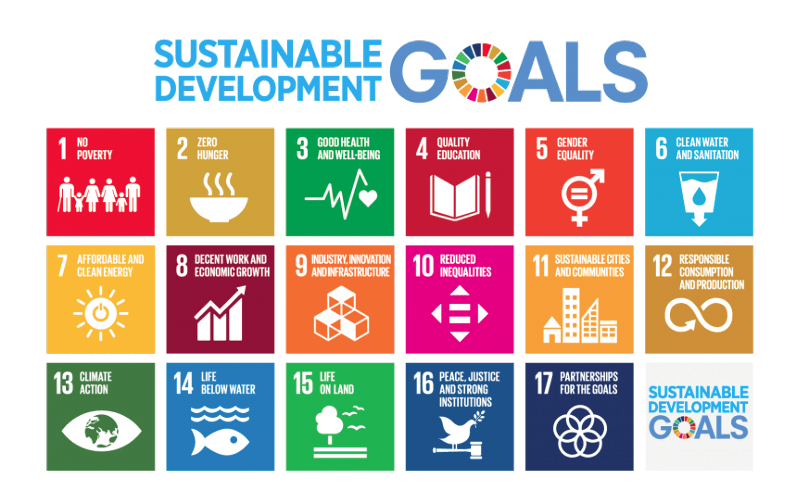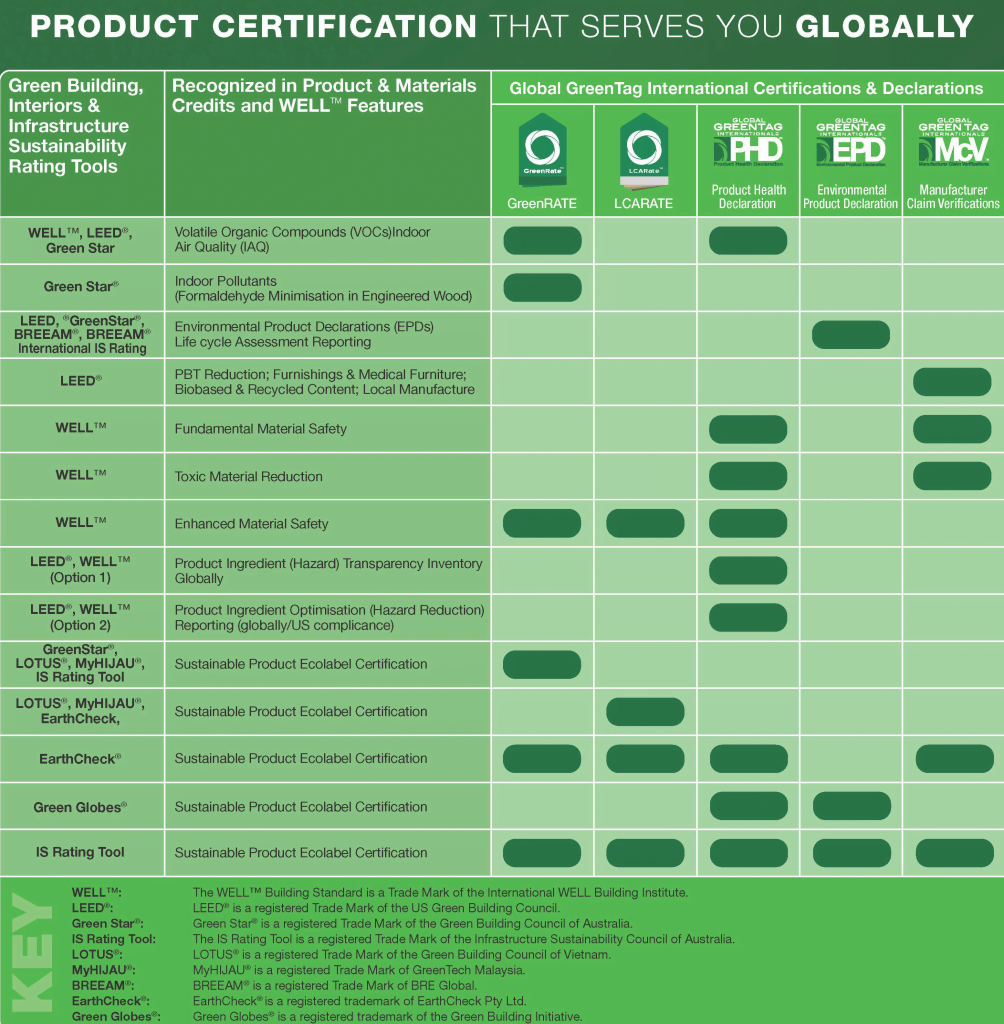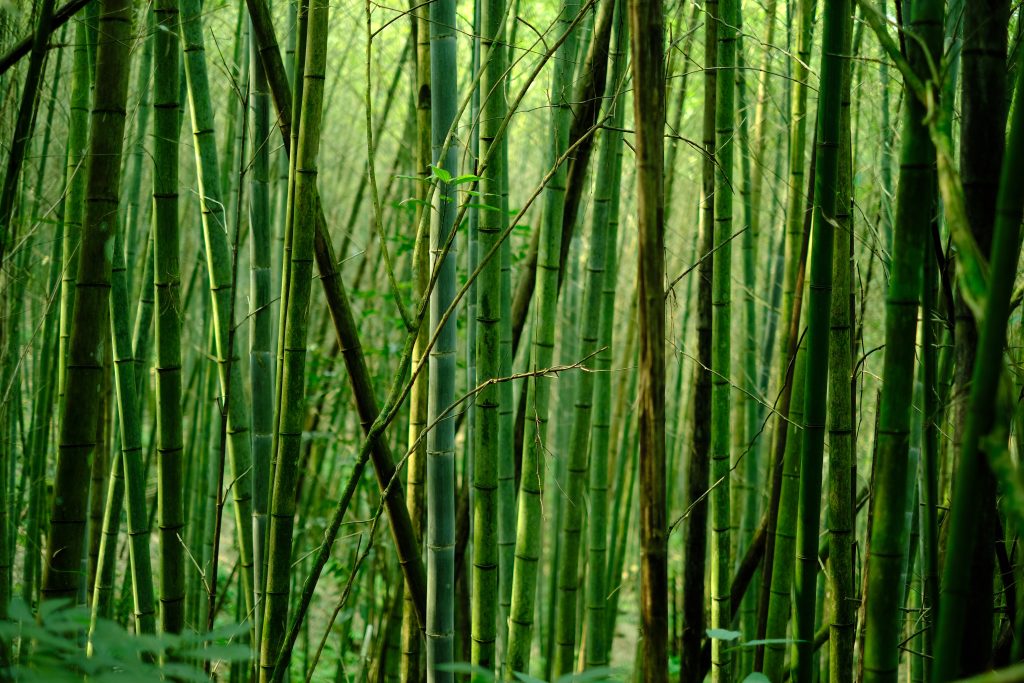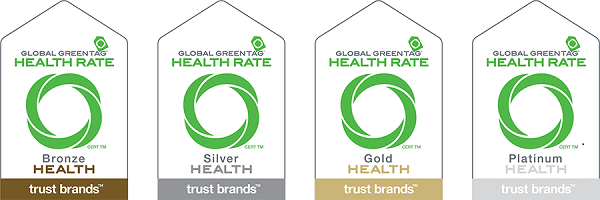Sustainability certification unpacked
With sustainability becoming a major focus in the construction sector, and the price of construction timber almost doubling since the beginning of 2021, bamboo has emerged as a new contender to timber for homes and buildings.
Buildings use around 40% of the world’s energy, emit 40% of the world’s carbon emissions, and use approximately 20% of the drinking water available in the world. No wonder the construction industry is one of the most significant consumers in terms of fuel, concrete and steel as well as water, energy and land. Rapid growth has led us to consume more resources than ever before, which has negative impacts on our environment. The world is facing a crisis of sustainability as we continue to use up natural resources at an alarming rate. We need to embrace sustainable ecofriendly materials and slow the rapid depletion of natural resources. But how do we know that the material we are using is actually sustainable or ethically sourced?
Understanding the similarities and differences between certifications can be difficult. Is it a single-attribute product certification, one that covers a single aspect of a product such as energy efficiency or water usage, or a multiple-attribute product certification, one that assess a range of sustainable aspects or characteristics of a product? Here we look at some of the most well known building certification systems and see if they are comparing apples with apples.
WELL

WELL (USA, 2014) is administered by the International WELL Being Institute and is a performance-based system for measuring, certifying and monitoring aspects of the built environment that impact human health and wellbeing through air, water, nourishment, light, fitness, comfort and mind. WELL assesses how a building’s design and operation can impact the health and well-being of its occupants.
WELL applies the science of how physical and social environments affect human health, well-being and performance, focused almost entirely on the social dimension of sustainability. It provides an analysis framework for project teams to incorporate a variety of strategies, designed to place human health and well-being at the center of the construction and operations.
BREEAM

BREEAM (United Kingdom, 1990) is administered by the Building Research Establishment Environmental Assessment Method and administered by the BRE Group. BREEAM was the first certification system in the world to assess, classify and certify the sustainability of buildings and it remains extremely popular. Its main focuses are on energy, health and wellness, innovation, use of the soil, materials, management, pollution, transport and waste. https://bregroup.com/products/breeam/
BREEAM assesses a building’s environmental impact across a range of categories, including energy use, water use, waste management, and transport.
Green Globes

Green Globes is a construction classification system that originated in the USA in 2004. It supports a wide variety of different types of construction projects and existing buildings and was designed to allow building owners and managers to select which sustainability features best fit their programs and occupants and it awards a seal to projects that meet at least 35% of the 1,000 available points. It was originally created as an online self-assessment protocol, rating system and guidance for green building design, operation and management. Green Globes is structured as a self-assessment to be done in-house using a project manager and design team. The system is questionnaire-based with pop-up guidance to help the user select the appropriate responses.
Green Star

Green Star was launched by the Green Building Council of Australia in 2003 to assess the sustainable attributes of a project through several impact categories: management, quality of the indoor environment; energy; site; water; materials; use of energy; and emissions. Recognised internationally it rates the sustainability of buildings, fitouts and communities through a holistic rating system and provides independent verification that a project is sustainable. A Sustainable Product credit Certification is determined by a third party accredited certification body assessment process and the GBCA recognised certification gained by a product determines the relevant credit point level rating for the Green Star Materials Calculator credit in the legacy rating tools and in the Responsible Products Framework outcomes in their new buildings tool.
LEED

LEED ( Leadership in Energy and Environmental Design, USA, 1998) provides certification through the US Green Building council. LEED focuses on both the environmental and social dimensions of sustainability, especially water and energy efficiency, CO2 emission reduction, promoting a healthy and comfortable indoor climate and renewable building materials. Projects are evaluated according to 8 criteria, each with prerequisites and credits, which as they are met, add points to the building ‘score’. The level of certification is determined by the number of points acquiring, ranging from 50 to 110 points.
Clear as mud – right? No, let’s try again.
WELL focuses on people’s health and wellness, while LEED is a certification that focuses on environmental impact and sustainability.
LEED and WELL certification requirements involve healthy, sustainable construction practices and ongoing building operations after a building is turned over. While LEED and WELL have similar requirements and standards, the two certifications are very different. The WELL Building Standard overlaps with other certifications, such as Green Star, in terms of requirements.
In relation to recognised product certification schemes, Australia’s Global GreenTag is one of the few third party certification schemes recognised by all major green building, interiors, operations and infrastructure rating tools and is therefore also one of the few single source certifiers.
Global GreenTag falls under the multiple-attribute product certification category and is a third party, ecolabel certification system, underpinned by rigorous scientific and Life Cycle Analysis (LCA) processes that make it simple for the market to see how ecological, safe and socially responsible a product is compared to a ‘worst case, business-as-usual (BAU)’ product with the same functional purpose. It compares the environmental performance of products against a set of internationally recognized standards, and awards them with a GreenTag Certificate relating to the certification or verification service they have selected if they meet or exceed the standards. The Global GreenTag initiative undertakes environmental, health, ethical and social responsibility assessments of products and their manufacturers and provides a series of certification, transparency declarations and verified claim services.
Realising it was a daunting exercise to ask Architects and Designers (A&D) to not only understand but also interpret toxicological Hazard data, GreenTag set out to develop a process that did the assessment and interpretation for the A&D sector. The outcome was a Product Health Declaration (PHD) with HealthRATE certification. HealthRATE is a ‘Healthiness in Use’ Rating Tag certification, and the PHD provides ingredient hazard assessments and provides in plain language an explanation of any change in risk categorisation from ingredient level to finished product. The PHD presents first a LEED and WELL compliant ingredient hazard analysis and includes further risk analysis processes for worker health and in use health. Global GreenTag HealthRATE gained equivalency recognition to WELL v1.0 in 2017 and full recognition in WELL v2.0 in 2020, was recognised fully by Green Star in 2022, and is compliant with credits for LEED v4.0 and v4.1 Their EPDs are compliant with credits for BREEAM International (UK), LEED and Green Star. GreenTag’s GreenRATE and LCARate product certification program are also recognised by GBCA’s Green Star requirements (Australia).
GreenTag’s GreenRate certification is based on full disclosure of ingredients, focusing on health and ecotoxicity among other sustainability criteria. GreenRate looks at the product and its ingredients at various stages and for various issues including aspects of resource use, waste reduction, water consumption and carbon footprint. Products certified under GreenRate are also examined for “fit-for-purpose” and building code compliance.

So what sets Global GreenTag apart from other certification standards and why did House of Bamboo choose this certification? First, GreenTag is the only Australian certification system that rates into tiers the environmental performance of building products and materials. This means that when you choose a product with a GreenTag Certificate, you can be confident that it has been independently verified to meet rigorous sustainability standards and you can tell which products are “Good, better, best-in-market and world leading”
Second, GreenTag offers a comprehensive suite of tools and resources to help you plan, design, and build green buildings. These tools and resources are available free of charge to all GreenTag-certified products and materials.
Finally, GreenTag offers unique third-party certification and transparency declaration reporting of a product’s environmental and health performance. This means that when you see a GreenTag Certificate, you can be sure that an independent expert has verified that the product meets or exceeds the relevant sustainability standards.
So if you’re looking for a sustainable building material that has been independently verified to meet rigorous environmental and health standards, choose bamboo with a Global GreenTag Certificate. ◯



